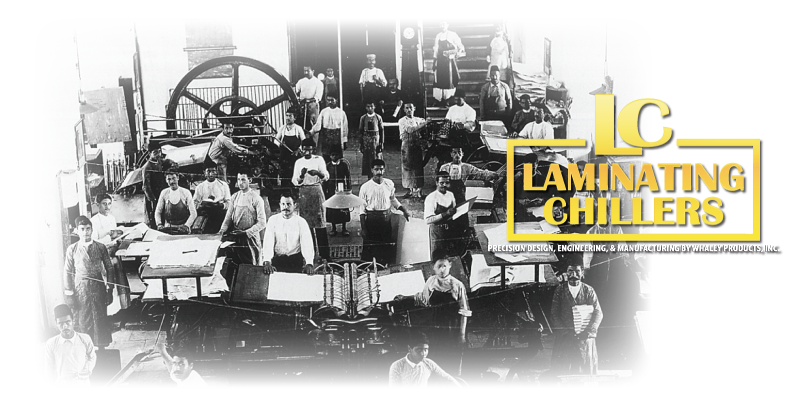Lamination History
Lamination is used to strength, protect, and waterproof tiles, paper, wood, and other types of formats. Lamination has been dated the 1930’s through the 1970’s of the modern century. Moving from hand application to commercial applications lamination is used widely today.
Lamination is the process of fusing a sheet of paper or medium between two thin sheets of plastic. This plastic is normally cellulose acetate. Cellulose acetate is a film base in photography that is a synthetic fiber. Lamination protects a medium from environmental contaminates and residues left by handlers. It was later replaced with a nitrate film in the 1950’s. It is less flammable and cheaper to produce.

Organizations with large collections like the Library of Congress began lamination in the late 1930’s -1940’s. Due to large budgets these organizations could purchase bulky equipment that changed and evolved over time. Organizations that lacked their own equipment hired other agencies for these protective services.
William Barrow a fore father of lamination experimented with ways to refine the process. With the backing of the National Bureau of Standards, a way to standardize lamination occur. The sample would be deacidified, by neutralizing damaging acids that can lay dormant and inherent to paper. Next the medium would be layered between thin sheets of tissue and cellulose acetate. The cellulose acetate increased the flexibility and decreases the temperature required to soften it. The tissue improves the strength, internal tear resistance, and folding. The layered medium is then heated in a laminating press. The heat melts the plastic layer, while the high pressure forces the cellulose acetate into the folds of the paper. The medium is then finished with a semi-flexible coating.
